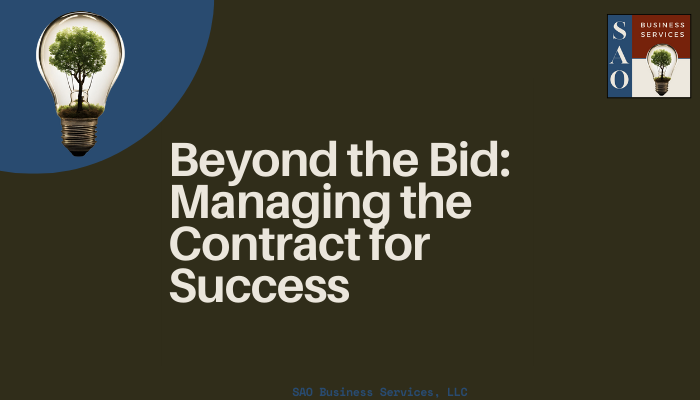Change, while often necessary, can be a bumpy ride for any organization. To ensure a smooth journey and maximize employee engagement, effective facilitation tools are crucial. These tools help create a collaborative environment, foster open communication, and guide your team towards successful change implementation.
So, pack your bags and get ready to explore some handy tools for your change management toolkit:
1. Icebreakers & Energizers: Breaking the ice and setting a positive tone are key. Games, quick activities, or even humorous icebreakers can help participants relax, connect, and get ready to engage.
2. Mind Mapping & Brainstorming Tools: Need to capture ideas visually? Tools like mind maps and online whiteboards allow for collaborative brainstorming, promoting creative thinking and ensuring everyone’s ideas are heard.
3. Surveys & Polls: Gauge employee sentiment, gather feedback, and identify knowledge gaps through anonymous surveys and polls. Platforms like SurveyMonkey or Google Forms make collecting and analyzing data a breeze.
4. Role-Playing & Simulations: Let your team experience the change firsthand. Role-playing scenarios or simulations can help anticipate challenges, practice new skills, and build confidence in the upcoming transition.
5. World Cafés & Open Space Technology: Encourage open dialogue and diverse perspectives with these structured yet flexible formats. Participants move between discussions on different topics, fostering cross-pollination of ideas and shared understanding.
6. Fishbowl Discussions & Focus Groups: Create safe spaces for in-depth exploration. Fishbowl discussions allow focused groups to delve into specific topics while others observe and later contribute, while focus groups provide targeted feedback and insights.
7. Visualizations & Storytelling: Data is great, but stories connect. Use tools like infographics, timelines, or even storytelling activities to present information in engaging ways that resonate with your audience.
8. Voting & Decision-Making Tools: Need to reach consensus or prioritize initiatives? Online voting platforms or collaborative decision-making tools can streamline the process, ensuring transparency and inclusivity.
9. Feedback & Reflection Tools: Continuous feedback is key to staying on track. Utilize surveys, online comments, or even post-workshop reflection forms to gather feedback and adjust your approach if needed.
10. Collaborative Document Editing & Project Management Tools: Keep everyone aligned and on the same page with platforms like Google Docs or Trello. These tools facilitate real-time collaboration, document sharing, and task management, ensuring transparency and progress tracking.
Remember, the best tool is the one that fits your specific needs and goals. Experiment, adapt, and don’t be afraid to get creative!
Bonus Tip: Utilize technology strategically. While online tools can be powerful, don’t underestimate the value of face-to-face interaction and building genuine relationships with your team.
By incorporating these facilitation tools into your change management strategy, you can create a more engaging, collaborative, and ultimately successful transition for your organization. Share your favorite facilitation tools and how they’ve helped you navigate change in the comments below!tunesharemore_vert




